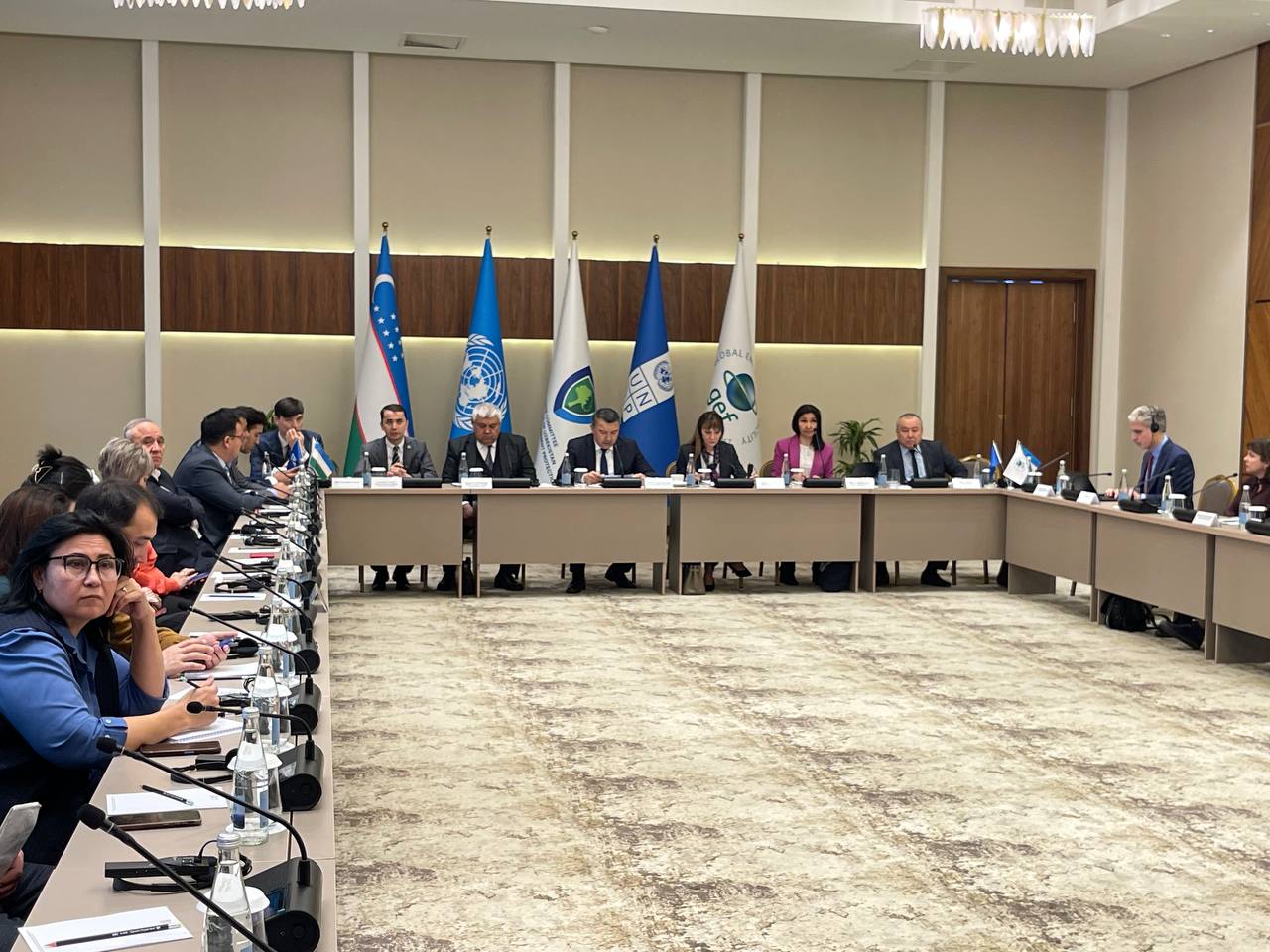Launch of a new project for the conservation and sustainable management of lakes and wetlands in the Aral Sea region
November 30, 2022

A joint project of the United Nations Development Programme (UNDP), the State Committee of the Republic of Uzbekistan for Ecology and Environment Protection (Goscomecology), funded by the Global Environment Facility (GEF) «Conservation and sustainable management of lakes, wetlands, and riparian corridors as pillars of a resilient and land degradation neutral Aral basin landscape supporting sustainable livelihoods».
Wetlands are one of the most biodiverse and valuable ecosystems in the world. Despite the drying up of the Aral Sea, its basin still contains critical lakes, wetlands and coastal ecosystems, although they are vulnerable to the impact of an unstable hydrological regime. Uzbekistan is located on important flyway for many types of migratory birds between northern Europe and their wintering grounds in Africa and Asia. Many large irrigation and waste lakes (for example, Sudochye and Dengizkul) and the Aidar-Arnasay lake system have become important nesting sites for migratory and wintering bird species. In addition, wetlands provide water, food, are of great importance in ensuring the livelihoods of the population and contribute to the sustainable development of the country as a whole.

The goal of the project is to improve the sustainability of ecosystems and life in the Lower Amu Darya and the Aral Sea Basin (NABAM) by preventing further land degradation along with the integrated management of land and water resources in productive landscapes around protected areas (PAs), key biodiversity areas (KBA) / key bird areas (IBAs).
The target area of the project is the lower reaches of the Amu Darya and the Aral Sea basin in the southern and southwestern parts of Uzbekistan. This territory administratively includes Alat and Karakul districts of Bukhara region, as well as Amudarya and Muynak districts of the Republic of Karakalpakstan.
Most of the life-supporting natural ecosystems - wetlands, lakes and riparian zones of Amudarya river basin - are located in the target areas of the Project. In addition, these areas contain the most degraded rangelands and irrigated areas, most of which are prone to salinization.
The project activities will focus on the elimination of factors as land degradation, water scarcity and biodiversity loss that are directly linked to the reduction and loss of lakes, wetlands and riparian biodiversity in this arid landscape.

The project will work on capacity development of five newly established protected areas with a total area of more than 3 million hectares: Southern Ustyurt, Beltau, Sudochie System of Lakes, Akdarya-Kazakhdarya Medzhdurechie and Akpetki nature reserves. All these areas fully or partially cover the key bird areas located in this region.
To achieve the goals of the project, four key areas were identified:
- Coordinated water resources management as a basis for achieving land degradation neutrality and biodiversity conservation
- Sustainable land management to neutralize land degradation in the target landscape
- Conservation of globally significant biodiversity in the Aral Sea Basin
- International cooperation and knowledge management

The project will ensure close interaction with numerous stakeholders, including representatives of key ministries and departments, specialists in thematic areas, scientists, representatives of the public, local administrations, international organizations, agricultural producers, representatives of the media and many others.
In its activities, the project will adhere to the approach of providing equal opportunities for stakeholder participation in project activities, gender equality and the empowerment of women, as well as youth and vulnerable groups.
Inception workshop is organized to launch the project, as well as to discuss its strategy, goals and planned results with key stakeholders.

 Locations
Locations



